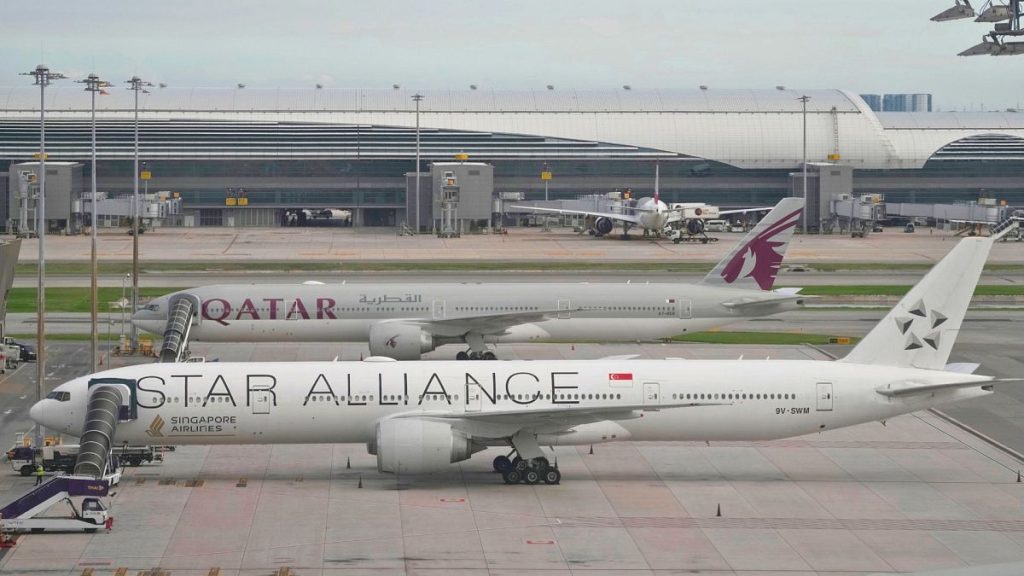Singapore Airlines recently offered compensation to passengers of a flight that experienced extreme turbulence last month, resulting in the death of one passenger and injuries to dozens of others. The incident occurred on a Boeing 777 jet traveling from London to Singapore, which encountered sudden turbulence over the Irrawaddy basin on May 20. The plane diverted to Thailand, where a 73-year-old British man died of a suspected heart attack and many others were hospitalized with various injuries including spinal, brain, and bone damage. Singapore Airlines has offered $10,000 in compensation to passengers with minor injuries, and more substantial amounts to those with more serious injuries.
Passengers who sustained serious injuries requiring long-term medical care and financial assistance will receive an advance payment of $25,000 for immediate needs, which will be part of their final compensation. Additionally, all passengers on the flight, including those without injuries, will receive full airfare refunds, delay compensation in line with EU or UK regulations, and $1,000 each for immediate needs. The airline also covered the medical expenses of injured passengers and arranged for their family members and loved ones to travel to Bangkok if requested. This comprehensive compensation package aims to address the physical and financial needs of those affected by the turbulence incident.
A preliminary investigation by Singapore’s Transport Ministry revealed that the plane experienced significant swings in g-force in a short span of time, causing injuries to passengers who were not properly secured in their seats. The jet reportedly dropped 54 meters in less than one second, leading to unsecured occupants becoming airborne before falling back down. The turbulence struck when meals were being served and many passengers were not using seat belts, resulting in a chaotic and terrifying experience for those on board. Clear air turbulence, which can occur in various weather conditions, is considered the most dangerous type of turbulence and can lead to violent and unexpected movements of an aircraft.
The exact cause of the turbulence on the Singapore Airlines flight remains unclear, as turbulence can be triggered by different atmospheric conditions and weather patterns. While heavy storms are often associated with turbulence, clear air turbulence can also be severe and unpredictable. Statistics from the US National Transportation Safety Board and the Federal Aviation Administration highlight the prevalence of turbulence-related incidents and injuries in commercial aviation. Between 2009 and 2018, turbulence accounted for a significant percentage of accidents on larger commercial airlines, underscoring the importance of understanding and mitigating the risks associated with this phenomenon.
Passengers on the turbulent Singapore Airlines flight have described the harrowing experience of the aircraft shaking violently, loose items flying around the cabin, and injured individuals lying paralyzed on the floor. The airline’s response to the incident, including providing immediate assistance, medical care, and compensation, reflects a commitment to addressing the impact of the turbulence on passengers’ well-being. By offering financial support, refunds, and other forms of assistance, Singapore Airlines aims to help passengers recover from the physical and emotional trauma of the incident. Going forward, efforts to enhance safety measures and awareness around turbulence could help prevent similar incidents from occurring in the future and ensure the well-being of passengers and crew on commercial flights.


